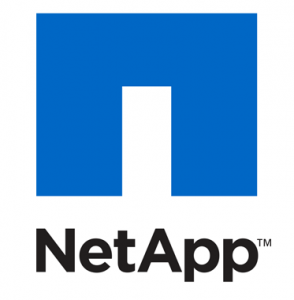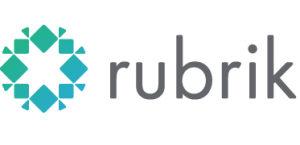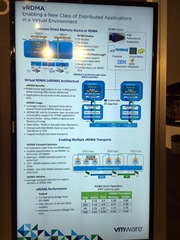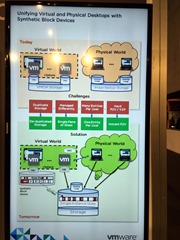Cloud Field Day 2 Preview: NetApp
Cloud Field Day 2, part of the Tech Field Day family of events is happening in San Francisco and Silicon Valley, from 26-28 July and I’m super excited to be invited as a delegate.
We are hearing from a number of companies about how they cloud!
 NetApp is one of the grand daddy’s of the storage industry. I first encountered NetApp 16 years ago. I was struck how relatively easy it was to use and set up. Having unified management across all its devices made learning it simpler than many competitors and the knowledge stayed relevant as in time you upgraded to the bigger, better, faster, more option. I loved that NetApp championed the use of NFS for VMware early on even though you often had to purchase an additional NFS license. I worked for a company that was one of the very first VMware on NFS on NetApp at scale customers. LUNs are yuck (still) and NFS provided so many advantages over the clunky block based alternatives of FC and iSCSI. NetApp was at the forefront of virtualisation and I was happy to see it soar.
NetApp is one of the grand daddy’s of the storage industry. I first encountered NetApp 16 years ago. I was struck how relatively easy it was to use and set up. Having unified management across all its devices made learning it simpler than many competitors and the knowledge stayed relevant as in time you upgraded to the bigger, better, faster, more option. I loved that NetApp championed the use of NFS for VMware early on even though you often had to purchase an additional NFS license. I worked for a company that was one of the very first VMware on NFS on NetApp at scale customers. LUNs are yuck (still) and NFS provided so many advantages over the clunky block based alternatives of FC and iSCSI. NetApp was at the forefront of virtualisation and I was happy to see it soar.
In the decade since it seems it spent way too many cycles trying to integrate other things and landed up spinning its wheels when others caught up to the ease of use and in many cases surpassed in performance and flexibility. NetApp had SnapShots, SnapMirror and secondary storage before many others and being able to move data around easily was very attractive, however everyone else caught up. Arch competitor EMC combined with Dell and HPE split up and then bought Nimble and SimplVity.
SolidFire


 As Enterprises integrate DevOps into more of their development lifecycles they start to bump up against some of the practicalities of managing data. A major tenet of DevOps is being able to ship code quicker to give you that edge against your competitors. It may be fast to write code and a continuous integration pipeline and continuous deployment capability allows you to take that new code, test it and push it out to production in an automated and repeatable fashion.
As Enterprises integrate DevOps into more of their development lifecycles they start to bump up against some of the practicalities of managing data. A major tenet of DevOps is being able to ship code quicker to give you that edge against your competitors. It may be fast to write code and a continuous integration pipeline and continuous deployment capability allows you to take that new code, test it and push it out to production in an automated and repeatable fashion.


 FalconStor is a company I’ve heard of over the years (it’s been going for 15 years) but haven’t had any direct experience with their products previously. It seems to have had a chequered history with
FalconStor is a company I’ve heard of over the years (it’s been going for 15 years) but haven’t had any direct experience with their products previously. It seems to have had a chequered history with 



Recent Comments